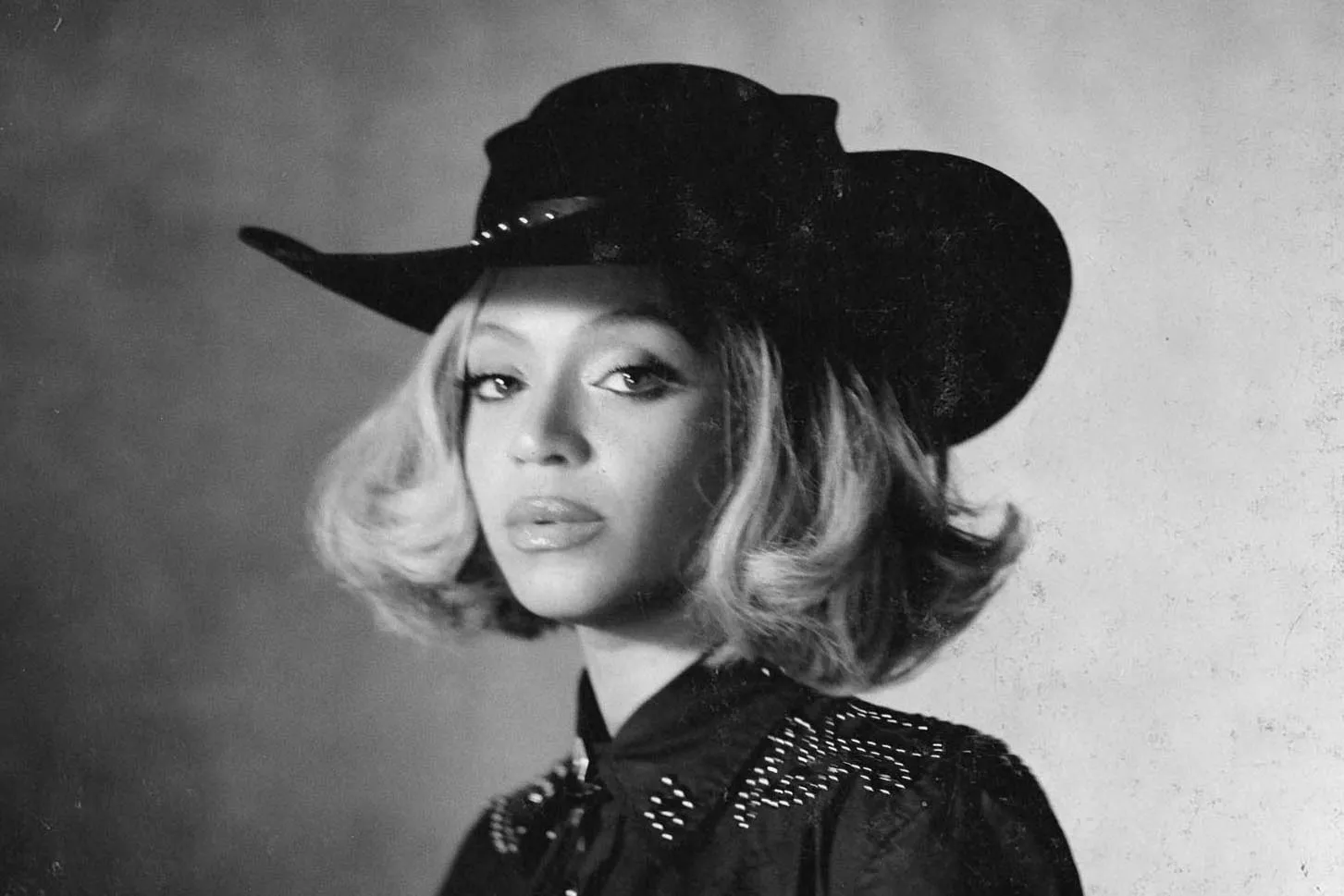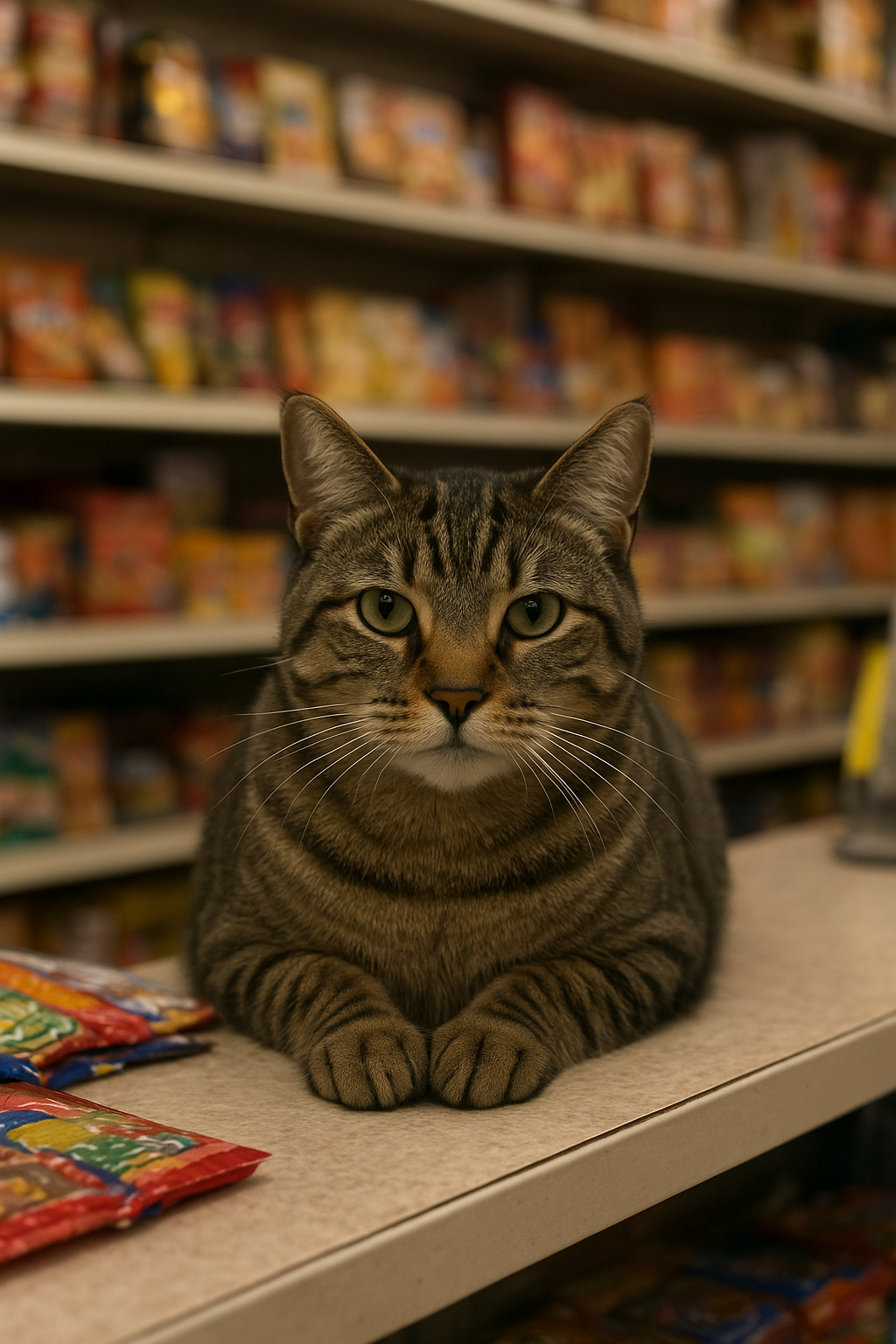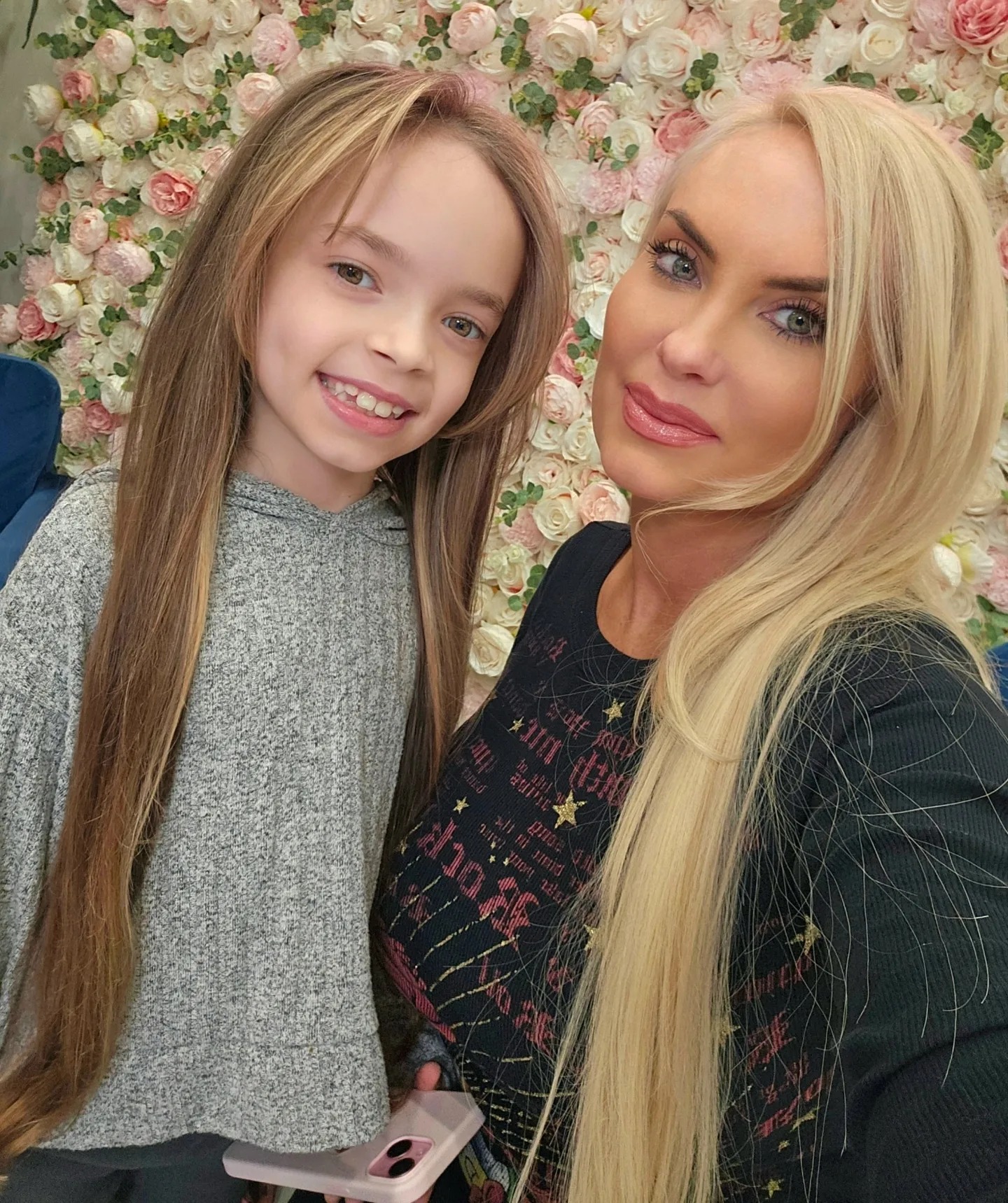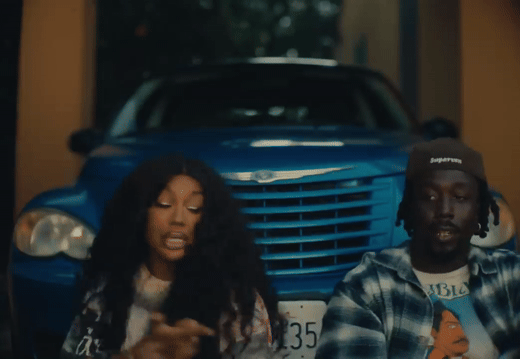Category: News
-

Erica Banks arrested on felony drug charges after traffic stop in Georgia
As of now, neither rapper Erica Banks nor her girlfriend Amani Dirton has publicly commented on the arrest. Erica Banks, rapper and reality television star known offscreen as Erica Breaux, has once again found herself facing serious legal trouble. According to recent reports, she and her girlfriend, identified as Amani Dirton, were arrested during a…
-

Beyoncé to return to Met Gala after 10-year hiatus, as co-chair alongside Anna Wintour
As co-chairs, Beyoncé, Kidman, Venus Williams, and Anna Wintour will play key roles in shaping the evening. Met Gala is already shaping up to be one of the most anticipated editions in recent years—thanks to a high-profile roster of co-chairs announced today. At the helm of fashion’s biggest night will be Beyoncé, actress Nicole Kidman,…
-

XG member Cocona reveals non-binary transmasculine identity
On their twentieth birthday, Cocona shared with fans through social media that they identify as non-binary. Cocona, a member of the global HipHop/R&B-inspired group XG, celebrated their twentieth birthday on December 6 by sharing a deeply personal and courageous message on social media. In the heartfelt post, Cocona revealed that they identify as AFAB (Assigned…
-
The brief, unfortunate hiatus we had to take
It’s been an interesting few weeks to say the least. We planned to publish our Asake review article, and the unimaginable happened to our website. Our hosting company, WordPress, had to recover over ten thousand articles for us. Then, we had several hiccups with our emails, and now, we seem to be back in gear.…
-

Cardi B welcomes baby boy with Stefon Diggs, marking a new chapter for the superstar rapper
The ever-energetic rapper Cardi B has officially welcomed her fourth child—a baby boy—with NFL star Stefon Diggs, according to a recent report from TMZ. Arrival & Announcement Sources say the baby boy arrived last week, and Diggs was by Cardi’s side during the birth. Cardi took to social media to share the joyous news, posting a…
-

‘Purr-fect’ protection: NYC pushes to grant “bodega cats” legal recognition
In what may be the most delightful update to the city’s street-corner scene in years, the New York City Council is moving to grant legal status to the ubiquitous “bodega cats” that patrol countless neighbourhood shops across the Big Apple. The bill, introduced by Keith Powers (East Side/Midtown Manhattan), would not only officially legalise these…
-

Coco Austin defends breastfeeding daughter until age six: “It was about bonding, not nutrition”
TV personality Coco Austin is standing by her decision to breast-feed her daughter, Chanel, until the age of six. On the latest episode of the podcast Dumb Blonde hosted by Bunnie XO, Austin explained that whilst Chanel was solidly eating by about one-year-old, she allowed the extended nursing more as a “bonding experience” rather than…
-
JPEGMAFIA fires back at Danny Brown over ‘Scaring the Hoes 2’ comments: “This Isn’t True”
When crafty, unpredictable artists like JPEGMAFIA and Danny Brown team up, something interesting tends to happen.
-

Watch New Jersey artists MoRuf and SZA reminisce about time spent in her mama’s ‘PT Cruiser’
MoRuf’s ‘PT Cruiser’ featuring SZA is approaching one million views (currently at 949,000), and his forthcoming album ‘Moolodic: Hotep Luxury’ is out today.
-
African artists likely to be nominated at the 68th GRAMMY AWARDS
Africa’s current wave of global dominance in music is reflected in the shortlist of artists likely to secure GRAMMY nominations today. The projected list includes acts that have challenged the definition of what it means to be an African artist, pushing the boundaries of their respective genres while expanding the global music and African music…